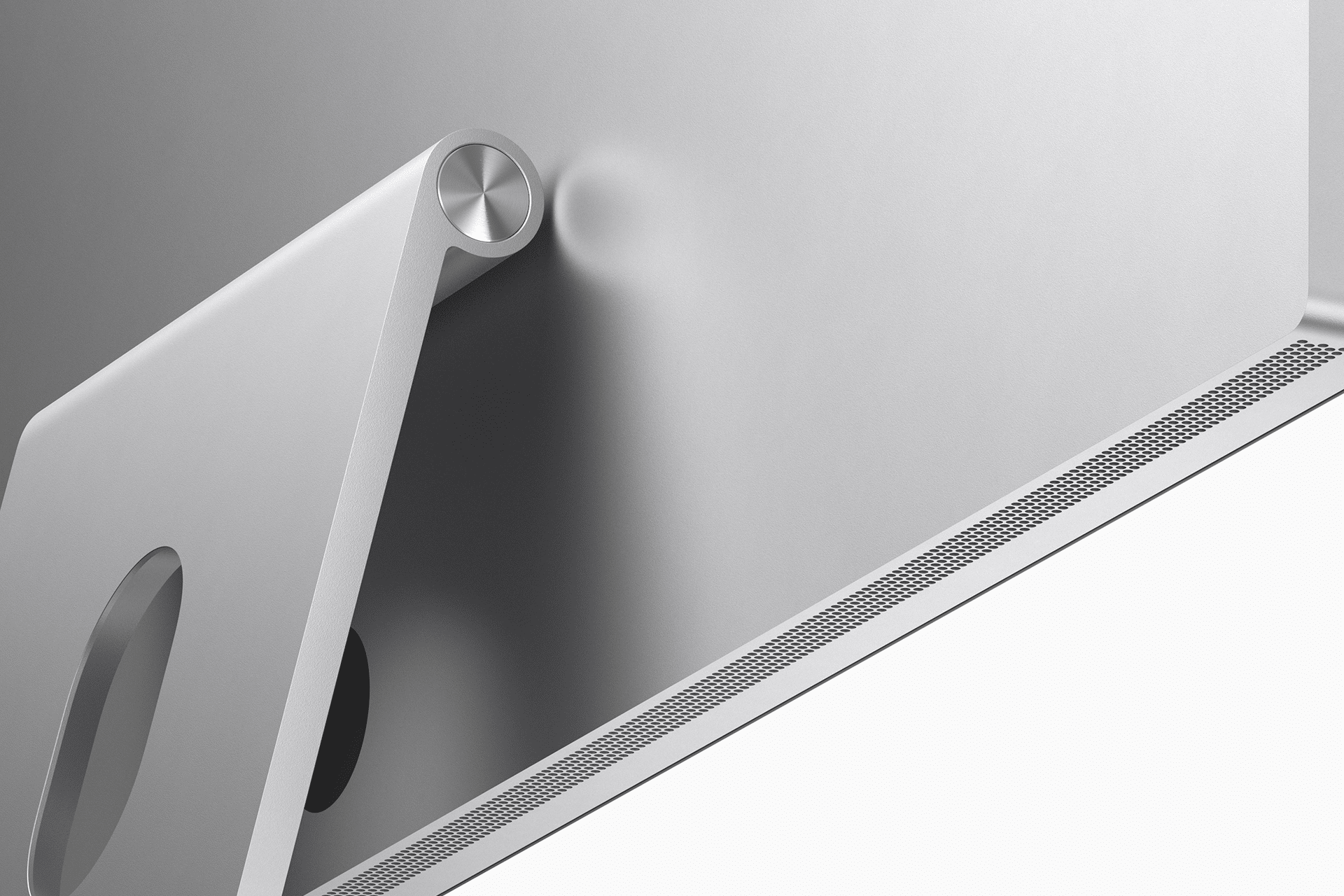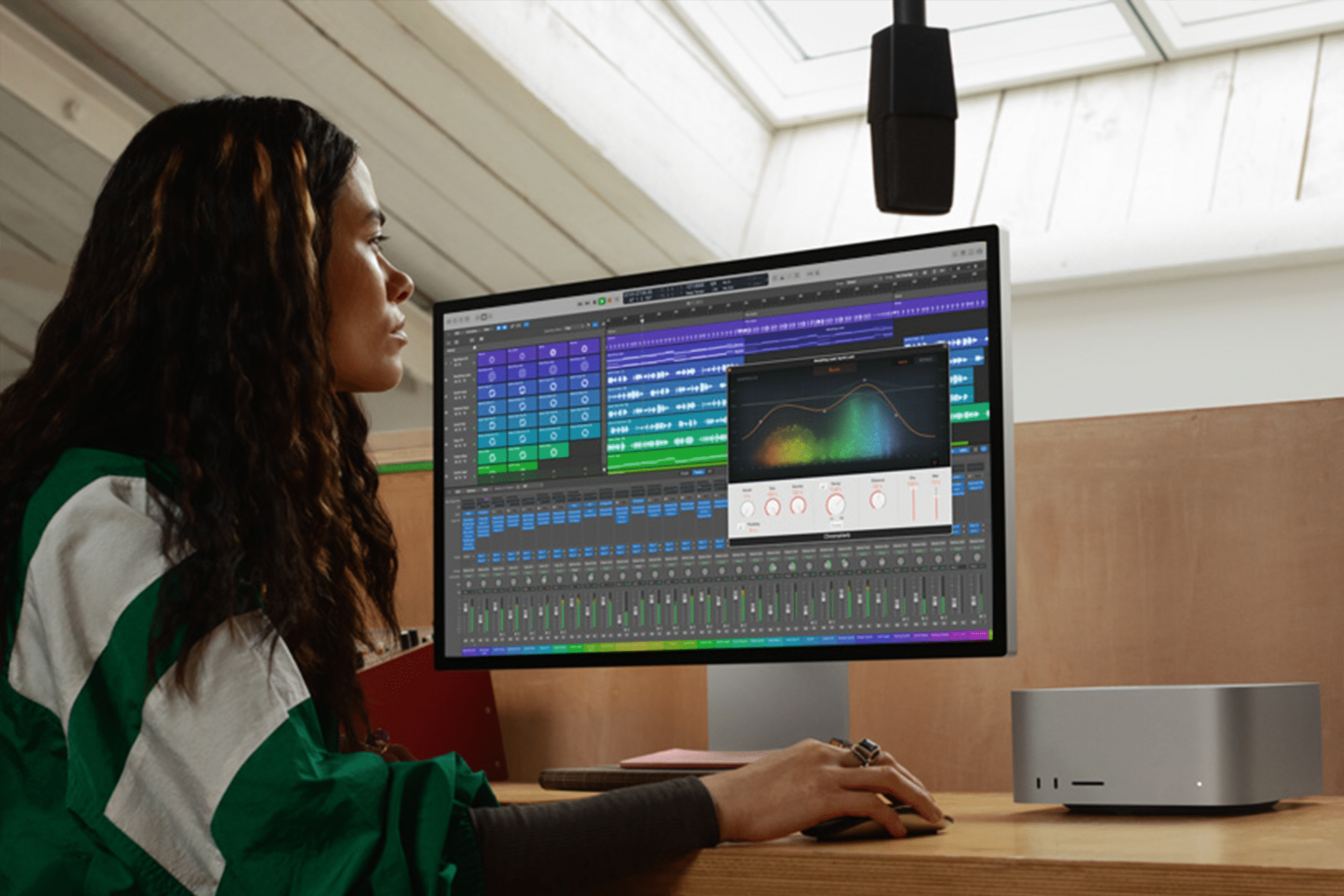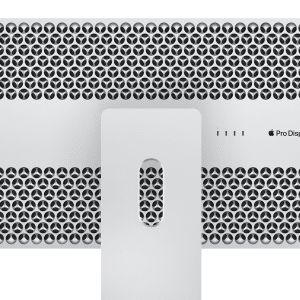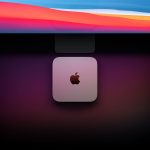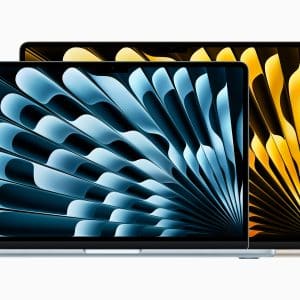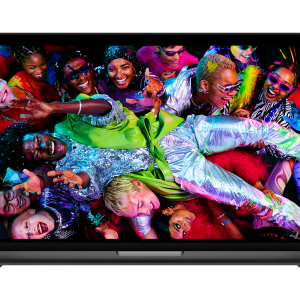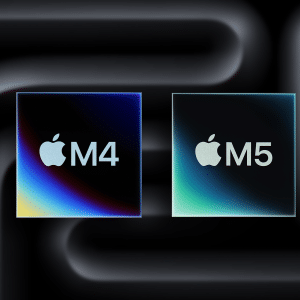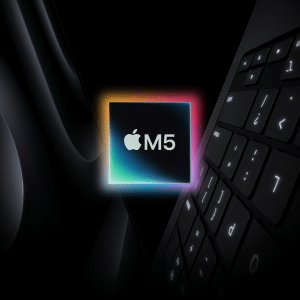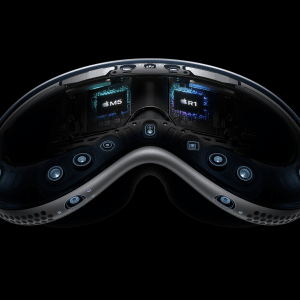The current Pro Display XDR, launched in 2019 alongside the Intel-based Mac Pro, dazzled with its 32-inch 6K Retina display and 1,600-nit peak brightness. Yet, it lacks the onboard processing power that defines newer Apple products. The Studio Display, released in 2022, changed that game by embedding an A13 Bionic chip, enabling features like Center Stage for video calls and spatial audio. Now, a Bloomberg report from 2022—still resonant in today’s rumors—suggests Apple is working on multiple external monitors, including an updated Pro Display XDR with its own Apple Silicon chipset.
This isn’t just about keeping up with trends; it’s practical. A built-in chip could offload graphical tasks from the connected Mac, boosting performance for pros handling 6K video edits or 3D renders. Imagine a monitor that doubles as a smart hub, handling AirPlay or even powering onboard audio-visual features without taxing your MacBook or Mac Pro. The Studio Display’s success with this approach hints at what’s possible, and users are eager for the Pro Display XDR to catch up.
What’s Cooking in Cupertino?
Details remain sparse, but the rumor mill offers tantalizing clues. The next high-end monitor might not strictly be a “Pro Display XDR 2,” as 9to5Mac notes—it could carve out a new niche. Display analyst Ross Young pegs a late 2025 or early 2026 launch, aligning with Apple’s typical development cycles. Meanwhile, Gurman’s recent Power On newsletter suggests this project is a lower priority compared to, say, the Mac Pro, which might ship first due to its advanced stage of development.
One twist? Gurman earlier mentioned multiple Studio Display variants in the works, hinting that this high-end monitor could be a souped-up version of that line rather than a direct Pro Display successor. Picture a 32-inch beast with quantum-dot films—similar to those in the M4 MacBook Pro—for richer colors and contrast, paired with a chipset that brings the camera and speaker setup missing from the original XDR.
Beyond the Specs
The Pro Display XDR’s 2019 debut came with a $4,999 price tag (stand sold separately for $999), positioning it as a niche tool for pros needing reference-grade precision. Its age—six years by late 2025—makes an update overdue, yet Apple’s focus seems deliberate. A 2023 Ming-Chi Kuo report flagged a 27-inch miniLED display for 2025, but its smaller size rules it out as the XDR’s heir. Instead, 9to5Mac has reported on a 7K resolution display in development, a spec that fits the Pro Display’s premium ethos.
For users, this could mean sharper visuals—think 245 pixels per inch on a larger canvas—perfect for creative workflows. Add a camera and speakers, and it’s a standalone powerhouse, reducing desk clutter and enhancing FaceTime or Zoom calls. But don’t expect it cheap; Apple’s high-end displays cater to those who see the cost as an investment in quality.
Why It Matters
Apple’s monitor strategy isn’t just about hardware—it’s about control. Integrating Silicon means tighter ecosystem synergy, from power efficiency to seamless macOS features. For enthusiasts, it’s a dream: faster rendering, smarter displays, and maybe even a nod to gamers with smoother refresh rates (though 60Hz has been the XDR’s limit so far). For casual users, it’s a tougher sell—$5,000-plus is steep when the $1,599 Studio Display already shines.
The timing feels right, too. With M5 Macs on the horizon and TSMC’s U.S. plants ramping up, Apple’s supply chain is primed for a 2026 splash. Yet, Gurman cautions that this isn’t a rush job—Apple’s juggling act with Vision Pro and other premium products suggests a measured rollout.
The Bigger Picture
This monitor could bridge Apple’s past and future. The Pro Display XDR wowed in 2019, but the tech world has moved on—OLEDs, miniLEDs, and higher refresh rates are now table stakes for rivals. By weaving in Silicon and modern display tech, Apple might not just refresh a product but redefine how we interact with our screens. Will it ship after the next Mac Pro? Could it sport a 7K panel? For now, it’s a waiting game—but one worth watching.

